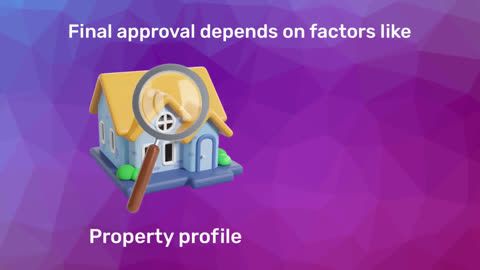Economically Weaker Section or EWS refers to groups of individuals or families who fall in the below poverty line category. They struggle to access fundamental needs, one of them being safe and secure housing. The EWS housing plans aim to address this issue, offering affordable housing solutions to these individuals, thus improving their quality of life considerably.Despite India's rapid economic growth in the last decade, the problem of inaccessibility to affordable housing still persists. Predominantly due to the escalating real estate prices, purchasing a home has become a distant dream for many. Acknowledging this predicament, the government introduced EWS housing plans to ensure affordable housing for all, primarily focusing on the economically weaker sections.
Understanding EWS housing plans
The EWS housing plans are an integral part of the government's initiative to provide affordable homes to individuals or families whose income is less than the specified limit. The plan is administrated under the Pradhan Mantri Awas Yojana (PMAY), an ambitious initiative aiming to provide "Housing for All" by 2022. The beneficiaries of these housing plans predominantly fall under the EWS category, with an annual income below 3 lakhs.
One of the key aspects of the EWS housing plans is the subsidy provided on the interest rates of home loans. The plan facilitates the beneficiaries in becoming homeowners without overburdening them with high interest rates. This provision makes buying a home financially feasible for the EWS category. Financial institutions, including major banks and non-banking financial companies (NBFCs), offer these home loans in collaboration with the government's PMAY scheme.
For instance, the beneficiaries can avail themselves of a home loan under EWS housing plans at a subsidised interest rate. The home loan interest rate subsidy is an effective way to reduce the burden on the EWS category, making homeownership more affordable for them. Typically, this interest rate is much lower than the usual market rates, thereby making a significant difference in the overall cost of the housing.
Key features of EWS housing plans
- Affordable pricing: EWS housing plans offer homes at subsidised rates or affordable prices, ensuring accessibility for low-income families.
- Government subsidies: Many EWS housing schemes come with government subsidies or incentives to make housing more affordable and accessible.
- Basic amenities: These housing plans prioritize essential amenities such as water supply, electricity, sanitation facilities, and proximity to educational institutions and healthcare centres.
- Legal compliance: EWS housing plans adhere to government regulations and ensure legal compliance, providing buyers with security and transparency in property transactions.
Eligibility criteria for EWS housing
Eligibility for Economically Weaker Sections (EWS) housing is determined based on specific criteria aimed at providing affordable housing solutions to marginalized communities. Here are the key eligibility criteria typically required for EWS housing:
- Income criteria: Individuals or families applying for EWS housing must fall within the prescribed income limits set by the government. These limits vary by location and are periodically updated to reflect economic conditions.
- Residential status: Applicants must be Indian citizens and often residents of the state or locality where the housing scheme is being implemented.
- Social category: EWS housing schemes primarily target economically weaker sections, including scheduled castes (SCs), scheduled tribes (STs), and other backward classes (OBCs) who meet the income criteria.
- No ownership of pucca house: Applicants should not own any pucca (permanent) house in their name or in the name of any family member in any part of India to qualify for EWS housing.
- Documentation: Applicants are required to submit proof of identity, income certificates, residence proof, and other documents as specified by the housing authority administering the scheme.
Application process for EWS housing plans
Applying for Economically Weaker Sections (EWS) housing plans involves a straightforward process:
- Registration: Visit the designated portal, register, and verify eligibility based on income and residential criteria.
- Form submission: Fill out the application form with accurate details and upload necessary documents like identity, income proof, and residence proof.
- Verification: The housing authority verifies documents and conducts a site visit if required.
- Allotment: Successful applicants are allotted homes through a lottery or seniority system.
- Possession: Accept the allotment offer and complete ownership transfer formalities as per guidelines.
EWS housing plans are pivotal in addressing the housing needs of economically weaker sections, offering affordable housing solutions that promote socio-economic development and inclusive growth. It is essential to leverage these housing initiatives and financial solutions effectively to build a brighter future and foster sustainable development within marginalised communities.




